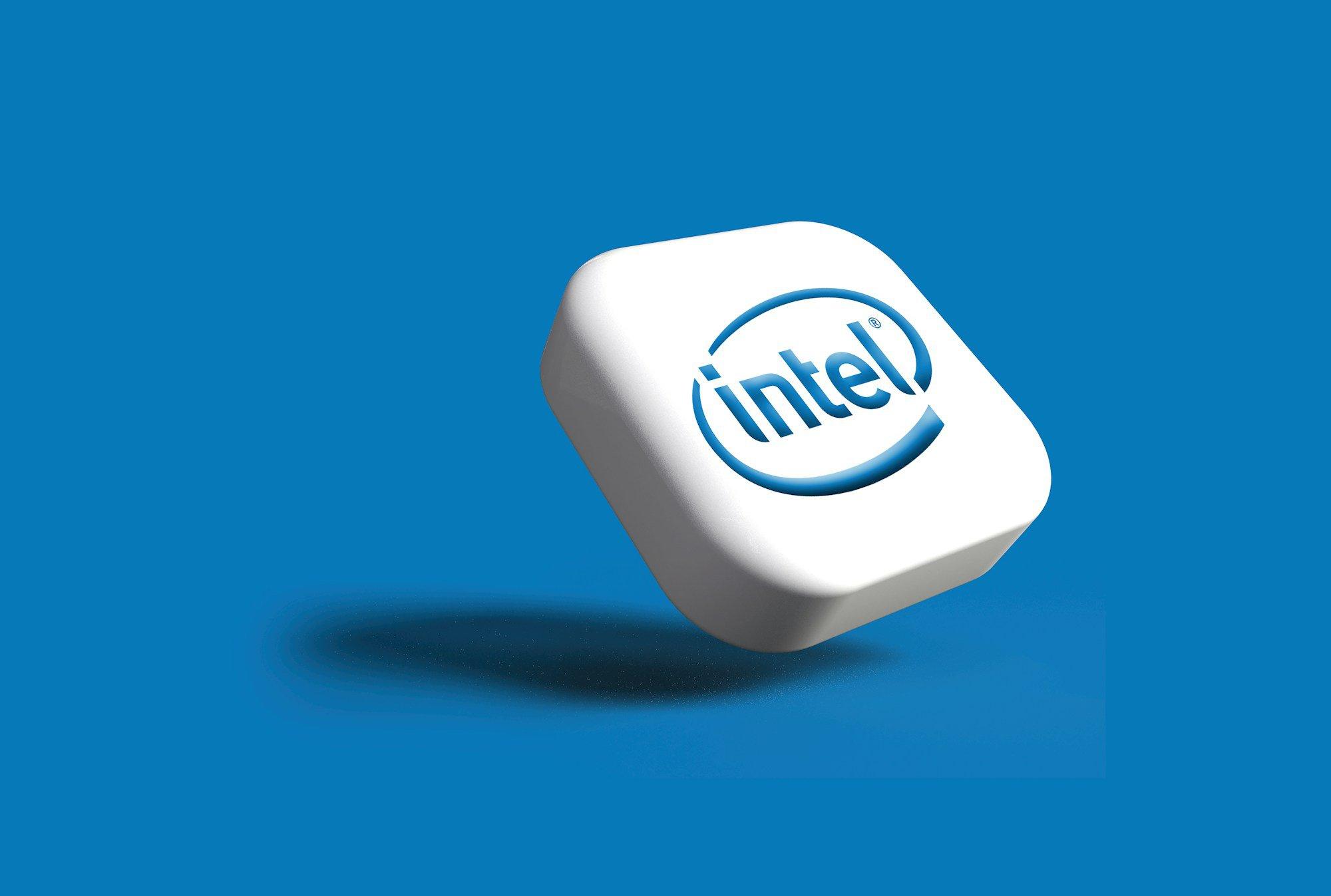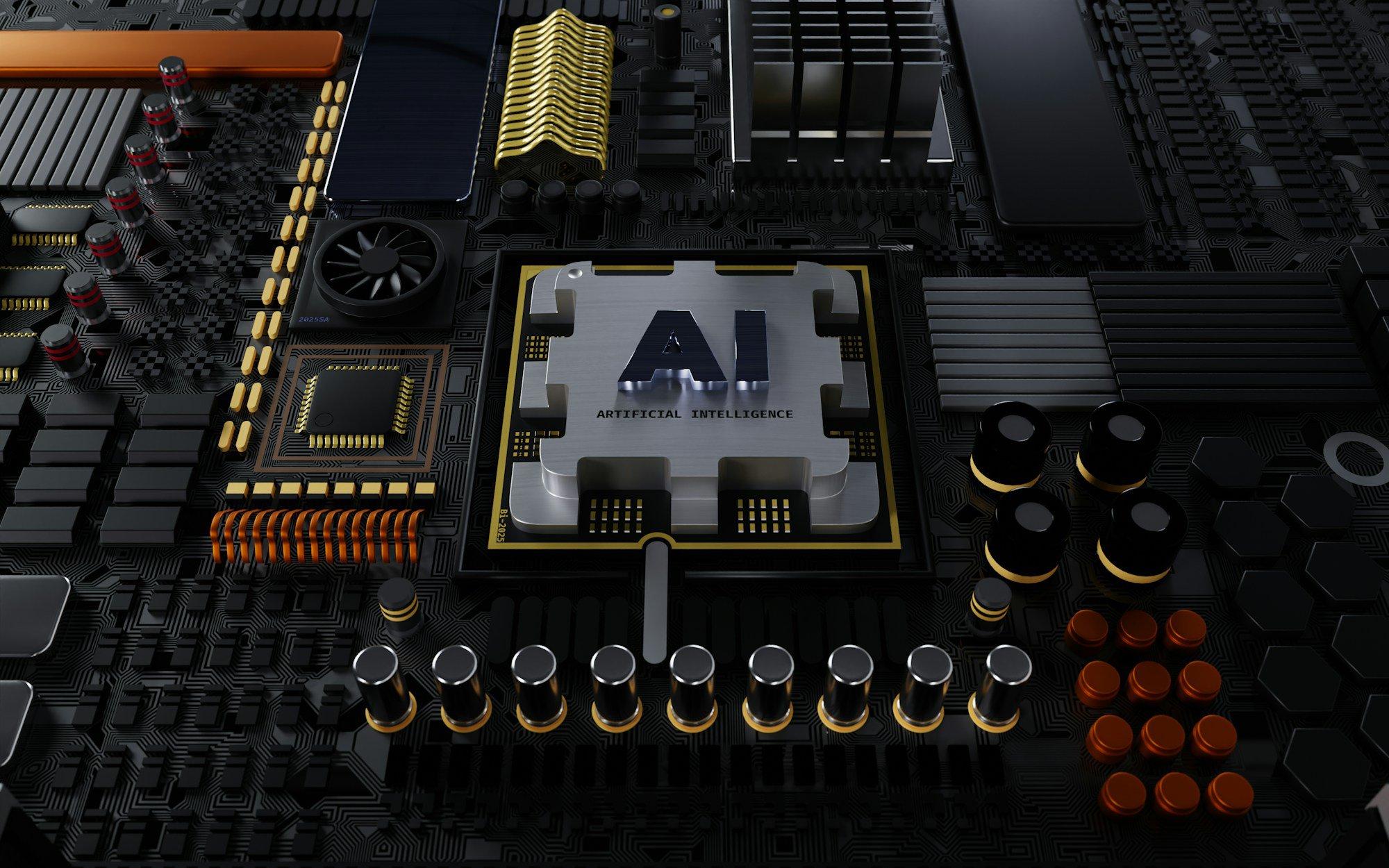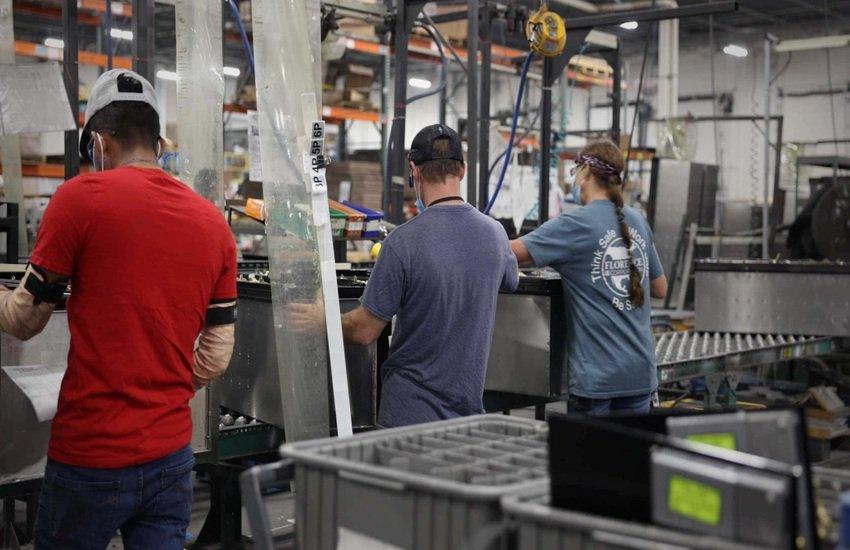Intel (INTC) just took a major step in its ongoing transformation, announcing a $2 billion investment from SoftBank Group. The deal comes as Intel works to navigate its complex turnaround plan, focusing on streamlining operations, scaling domestic manufacturing, and expanding its third-party foundry business. CEO Lip-Bu Tan, who took over after Pat Gelsinger, has reset previous strategies, including delaying the $20 billion Ohio chip complex and canceling certain international expansions
The partnership with SoftBank demonstrates confidence in Intel’s new vision, offering both financial backing and potential collaboration in booming sectors such as AI and advanced semiconductors.
Intel’s Strategic Recalibration
Intel’s turnaround strategy focuses on efficiency and growth. By scaling back international projects, the company is reallocating resources toward U.S.-based manufacturing facilities and the foundry business, aiming to become a reliable supplier for tech companies seeking domestic chip production. This shift occurs in a competitive semiconductor landscape, where AMD, Nvidia, and other players continue to pressure Intel in both the CPU and GPU markets.
The success of this strategy depends on execution. Intel needs to strike a balance between investing in next-generation technology and maintaining consistent production and delivery to regain credibility with its major customers.
SoftBank’s Role and Implications
SoftBank’s $2 billion investment is more than financial; it’s a strategic endorsement of Intel’s path forward. The two companies share a history of collaboration, and SoftBank’s portfolio of technology firms could open doors for joint ventures in AI, cloud computing, and other advanced technologies.
The timing also highlights broader market trends: investors and corporations are prioritizing semiconductor companies with strong domestic manufacturing and resilient supply chains, reflecting concerns about global disruptions and geopolitical risk.
Broader Semiconductor Context
Intel’s move comes at a time when the semiconductor industry faces growing pressures from rising global demand, trade tensions, and rapid technological shifts. Companies that can provide reliable production and innovate in areas like AI chips, autonomous vehicles, and cloud infrastructure are gaining strategic importance. Intel’s refocused strategy positions it to compete in this environment, but the challenges remain significant.
Looking Ahead
As Intel integrates SoftBank’s investment and implements its revised strategy, investors will be watching for early signs of success in the foundry business and domestic manufacturing. Upcoming product launches, strategic partnerships, and customer wins will likely shape perceptions of Intel’s long-term viability. For the company and its investors, the next 12–18 months will be a critical period in determining whether the turnaround plan can deliver sustainable growth in a highly competitive sector.













